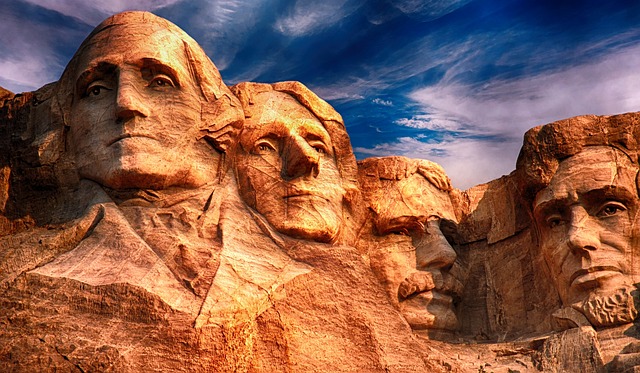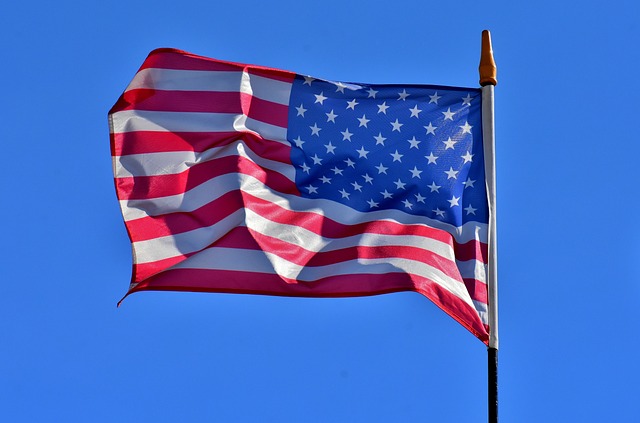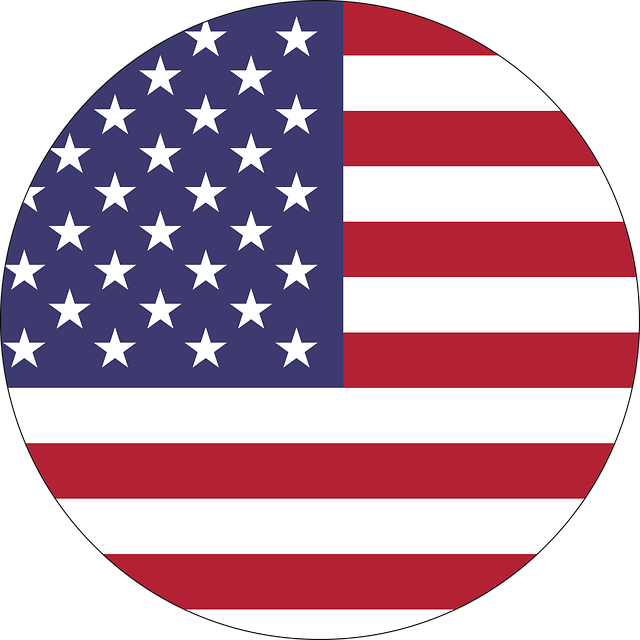The Thin Blue Line Flag, a powerful symbol of support for law enforcement, has become widely recognized across the U.S. and globally. This flag, featuring a thin blue line on white or solid fields, represents peace, unity, and the dedication of first responders. Originally emerging in the 1980s-1990s as a symbol of order versus chaos, it's now prominently displayed near U.S. flags, in public spaces, government buildings, homes, and businesses as a show of gratitude for police officers' vital services. However, its militaristic undertones spark debate among enthusiasts and critics, highlighting the importance of open dialogue and understanding context regarding such symbols.
The Thin Blue Line Flag, a powerful symbol recognized worldwide, represents gratitude for law enforcement officers and their dedication to keeping communities safe. This article delves into the symbolism and history behind this iconic flag, exploring its rise in popularity as a display of support. We’ll guide you through understanding its meaning and the various locations where you can find the U.S. Flag near you, while also addressing controversies surrounding its use.
- Understanding the Thin Blue Line Flag: Symbolism and Meaning
- History and Origin: How Did the Thin Blue Line Flag Arise?
- Popular Use and Display: Where Can You Find the U.S. Flag near Me?
- Controversies and Criticisms: Exploring Different Perspectives
Understanding the Thin Blue Line Flag: Symbolism and Meaning

The Thin Blue Line Flag, a powerful symbol recognized across the U.S. and beyond, represents the dedication and sacrifice of law enforcement officers worldwide. This distinctive flag features a thin blue line running horizontally across a field, usually of white or another solid color, symbolizing peace and unity. The design is meant to honor the men and women who serve and protect communities, often putting their lives on the line.
The Thin Blue Line serves as a reminder of the crucial role law enforcement plays in society. It evokes feelings of gratitude and support for these first responders, who navigate the complexities of their roles with courage and resilience. The flag has become a popular way to show solidarity with police forces and acknowledge the vital services they provide, making it a common sight at events and gatherings across the U.S.
History and Origin: How Did the Thin Blue Line Flag Arise?

The Thin Blue Line Flag, a powerful symbol recognized worldwide, emerged from a need to honor and acknowledge the contributions of law enforcement officers. Its history is deeply rooted in the early 20th century when the concept of police as a distinct and essential branch of government was gaining traction. The flag’s origin story often traces back to the United States, with various accounts citing its first usage during the late 1980s or early 1990s.
In the U.S., where the presence of law enforcement is ubiquitous, especially in communities across the nation, the Thin Blue Line Flag has become a rallying symbol. It represents the thin line between order and chaos, with its design featuring a blue line cutting through a sea of red, symbolizing the brave men and women who protect our streets and maintain public safety. This iconic flag can often be found displayed near U.S. flags in homes, businesses, and public spaces as a sign of support for law enforcement and their mission.
Popular Use and Display: Where Can You Find the U.S. Flag near Me?

The Thin Blue Line Flag has become a widely recognized symbol, especially in law enforcement communities across the United States. It is often proudly displayed on buildings, vehicles, and clothing as a tribute to police officers and their service. This unique flag features a thin blue line running across a field of white, symbolizing the protection and vigilance provided by law enforcement agencies.
When searching for the U.S. Flag near you, you can find it in various public spaces and private residences. Many police stations and government buildings proudly fly the Thin Blue Line Flag as a sign of respect and solidarity with their officers. Additionally, local businesses, such as restaurants, bars, and shops, may display this flag to show support for law enforcement or as a decorative element in their establishments. It is also common to see individuals wearing clothing adorned with the Thin Blue Line design, demonstrating their appreciation for the men and women who keep their communities safe.
Controversies and Criticisms: Exploring Different Perspectives

The Thin Blue Line Flag, a symbol of support for law enforcement, has sparked both admiration and controversy. Critics argue that it can be seen as divisive, potentially undermining the diverse nature of communities it represents. In particular, some communities near U.S. Flag displays have expressed concerns about the flag’s association with militarization of policing and the potential to marginalize racial and ethnic minorities.
Different perspectives highlight the importance of understanding context and intent. While some view it as a symbol of unity and respect for those who keep us safe, others see it as a form of political statement that risks polarizing public opinion. Exploring these differing viewpoints is crucial in fostering open dialogue about symbols that represent our communities, especially when they are displayed in public spaces accessible to all U.S. Flag near me enthusiasts and critics alike.
